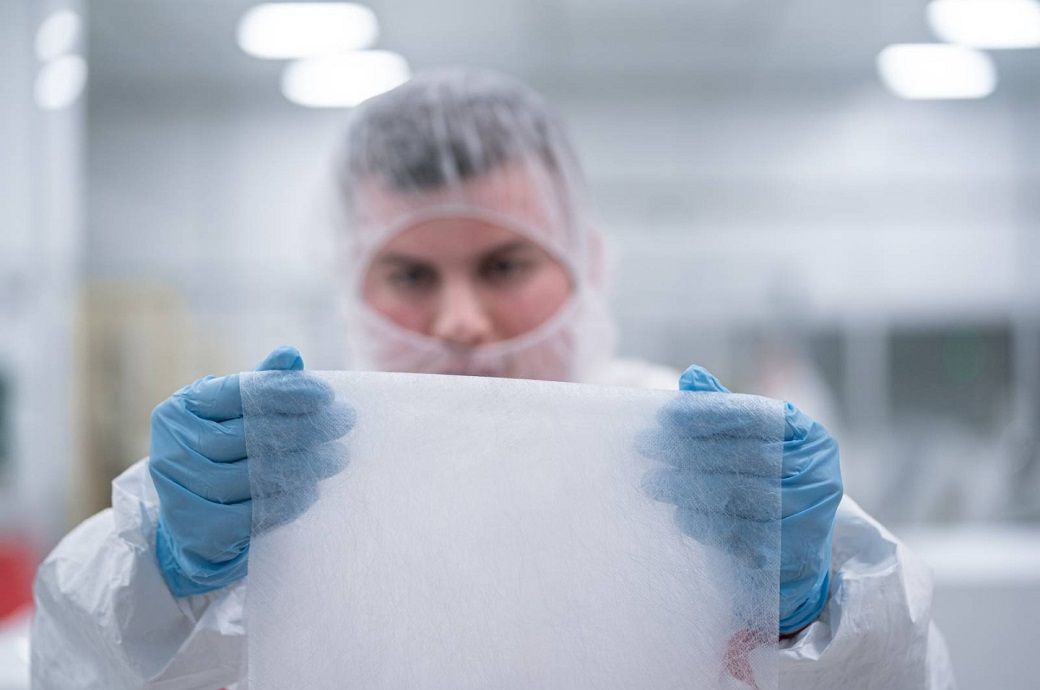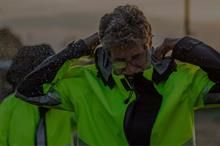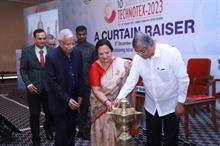
The abbreviation ProQuIV stands for ‘Production and Quality Optimisation of Nonwoven Infection Control Clothing’. The basic idea is that manufacturing process parameters are characterised with regard to their impact on the uniformity of the nonwoven, and this impact is then linked to properties of the end product; for example, a protective mask, according to a press release by Fraunhofer Institute.
The model chain links all relevant parameters to an image analysis and creates a digital twin of the production process. The digital twin enables real-time monitoring and automatic control of nonwoven manufacturing and thus makes it possible to harness potential for optimisation.
“With ProQuIV, the manufacturers need less material overall, and they save energy. And the quality of the end product is guaranteed at all times,” explained Dr. Ralf Kirsch, Filtration and Separation team head, Flow and Material Simulation department.
The more effectively the temperature, air speed, and belt speed are coordinated with each other, the more uniform the distribution of the fibres at the end and therefore the more homogeneous the material will appear when examined under a transmitted light microscope. Lighter and darker areas can thereby be identified—this is referred to by experts as cloudiness. The Fraunhofer team has developed a method to measure a cloudiness index on the basis of image data. The light areas have a low fibre volume ratio, which means that they are less dense and have a lower filtration rate. Darker areas have a higher fibre volume and therefore a higher filtration rate. On the other hand, the higher air flow resistance in these areas means that they filter a smaller proportion of the air that is breathed in. A larger proportion of the air flows through the more open areas which have a less effective filtration effect.
In the case of ProQuIV, the transmitted light images from the microscope are used to calibrate the models prior to use. The experts analyse the current condition of the textile sample and use this information to draw conclusions about how to optimise the system—for example, by increasing the temperature, reducing the belt speed, or adjusting the strength of the air flows. The digital twin monitors and controls the ongoing production process in real time. If the system deviates slightly from where it should be—for example, if the temperature is too high—the settings are corrected automatically within seconds.
ProQuIV makes production much more efficient—there is less material waste, and energy consumption is also reduced. Another advantage is that it allows manufacturers to develop new nonwoven-based products quickly—all they have to do is change the target specifications in the modelling and adjust the parameters. This enables production companies to respond flexibly to customer requests or market trends, added the release.
The next step for the Fraunhofer team is to reduce the breathing resistance of the nonwovens for the wearer without impairing the protective effect. Furthermore, ProQuIV methods can be used to optimise the manufacture of nonwovens used in sound-insulating applications.
Fibre2Fashion News Desk (NB)

